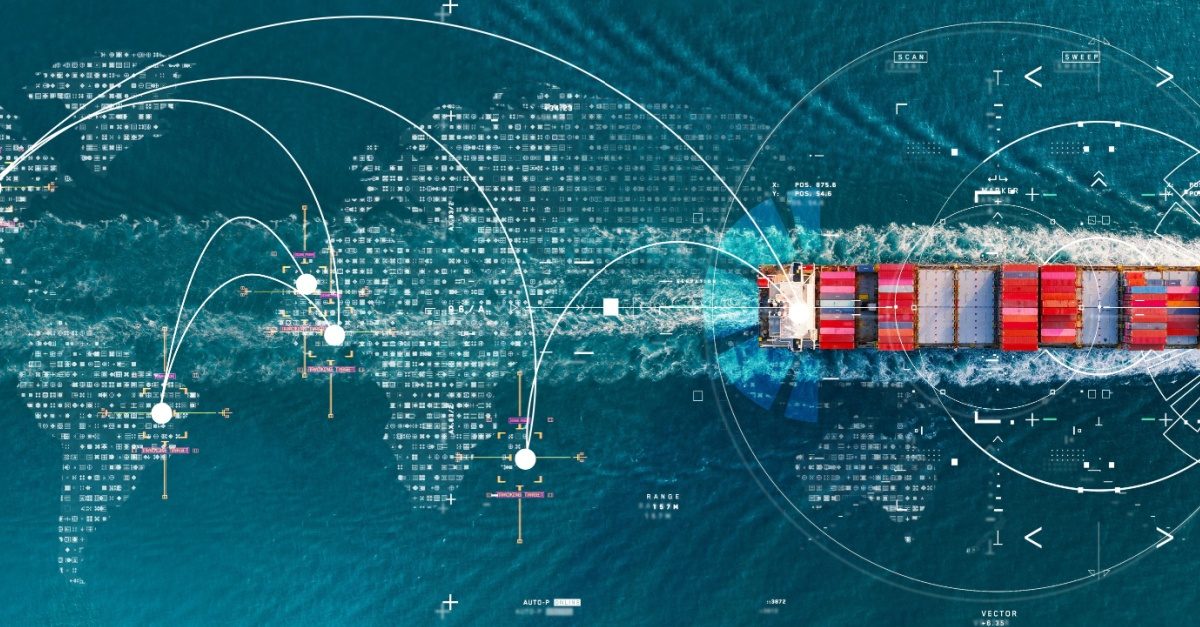
Optimising Cross-Border Shipping for Faster Deliveries
Optimising Cross-Border shipping should be a priority for any supply chain looking to gain a competitive advantage.
In the business scenario, cross-border shipping is rapidly evolving and driven by technology, automation, and global trade expansion. However, this shipping form presents its own set of opportunities and challenges that businesses need to consider to increase reach, boost revenue, and stay competitive.
For instance, businesses need to navigate the regulations and taxes while complying with the international privacy, consumer protection, and intellectual property regulations. Further, the high logistics costs and complex procedures can be a hurdle. These factors must be considered to avoid delays, customer clearance issues, and unexpected costs.
In this post, you will find five practical ways to optimise cross-border shipping for efficient operations and faster deliveries.
Overcome the Challenges Impacting Delivery Timelines
Awareness of the global shipping challenges is the first step. From navigating complex regulations to managing fluctuating shipping costs, businesses must be prepared for all the hurdles that come their way. This will help adopt a proactive approach to overcoming them.
For instance, each country has its rules, tariffs, and documentation requirements. Non-compliance with these can lead to delays, fines, or rejection of shipments. Make sure you partner with an experienced logistics and shipping company that has a complete understanding of these regulations.
Besides, investing in customs brokerage service can help you navigate through the complexities of the regulations.
Next, cross-border shipping is prone to delays owing to factors such as customs hold-ups, unfavorable weather conditions, or other logistics issues. It is wise to partner with a reliable logistics company with advanced tracking capabilities for efficient delivery.
So, if you are shipping from USA to Australia, a reliable partner will not just offer professional services but also but also offer tracking services for real-time shipment monitoring and damage protection for high-value items. This can help streamline the shipping process and ensure timely and secure delivery.
Finally, businesses engaging in cross-border logistics have to work with multiple carriers. This complicates the process, often leading to miscommunication, errors, of loss of goods. In such a case, integrating carrier management platforms can streamline data exchange between the shipping partners, thus avoiding disruptions.
Streamline Logistics
A reliable logistics provider has the expertise to deal with several custom-related issues. Partnering with such providers can significantly improve your odds of smoothening the cross-border operations.
An ideal logistics solution should offer:
- Customised solutions
- Smooth cargo movement, even in cases of border closures or political disruptions
- Timely assistance
- Real-time tracking and communication
- Contingency plan in case of unforeseen circumstances
Further, implementing automation and data analytics can help with effective shipment tracking and predicting the transit time. This allows you to optimise routes and ensure quick deliveries of consignments. These tools help in effectively managing operations across multiple countries, reduce errors, save cost and time, and optimise resources.
For instance, freight forwarding tools aid in speeding up the quotation process, booking, and reporting. Similarly, a multicarrier shipping platform streamlines the overall shipping process by consolidating label creation, tracking, and price comparison across carriers.
Pay Attention to Compliance and Documentation
As mentioned above, navigating compliance and customs regulations is a significant challenge in cross-border shipping. The import-export laws vary significantly between countries. It is wise to be aware of these rules and procedures for smooth operations.
Here are a few points you should be aware of:
- Customs documentation: Each shipment needs to be accompanied by the necessary documents to ensure compliance. These include commercial invoice, packing list, certificate of origin, and more.
- Import and Export Restrictions: Read about the items restricted by the trading laws in various countries, especially the ones where you have a huge customer base. Make sure you have proper licenses and border permits, especially for the controlled products.
- Taxes and Duties: When consignments move across borders, various import duties, taxes, and charges are levied on them. Make sure you are aware of the applicable tariffs for each country to avoid unexpected costs or delays.
- Compliance with International Standards: The products shipped must comply with the local and international quality standards and certifications.
Invest in Technology
Adopting advanced technology can simplify and streamline the cross-border shipping process. Technology adoption leads to improved efficiency, reduced human errors, and increased speed of execution.
Technologies like shipment management systems offer end-to-end visibility, allowing businesses to proactively plan for and avoid delays and disruptions. The real-time tracking offers transparency by monitoring the progress of shipments in real-time.
Similarly, customs documentation platforms streamline the process and automatically upload the required documents for customs authorities. This streamlines international trade, prevents delays, and ensures compliance with the global regulatory requirements.
AI can be used to analyse historical data and forecast demand, optimise shipping routes, and minimise delays. The in-depth real-time insights can help businesses adjust their inventory levels and respond to unexpected disruptions effectively.
Further, endpoint security is central to protecting sensitive data. If you are wondering what is endpoint security, it is the practice of securing entry points of devices like desktops, mobiles, or laptops, reducing the risk of them being exploited by malicious actors. Invest in a fitting security solution that offers robust access security and protection against unauthorised access and data breaches.
Businesses looking the thrive in the complex domain of cross-border shipping must consider investing in these tools o ship faster and minimise disruptions.
Constantly Review the Shipping Process
Take time to review each stage of the process to identify bottlenecks, inefficiencies, and gaps early and implement necessary improvements. Use metrics like delivery times, shipping costs, and customer satisfaction.
Continuous evaluation helps businesses stay agile and adapt to the changing regulations and market demands, allowing them to deliver a seamless experience.
Summing Up
Optimising cross-border shipping requires businesses to build strong partnerships with logistic partners and leveraging cutting-edge technologies for seamless operations. Embracing automation can help with transparent tracking and minimise delays. Besides, prioritising cybersecurity is central to protecting sensitive information.
By implementing the best practices shared in this post, you can reduce transit times, control costs, and boost customer satisfaction, thereby giving them a competitive edge.
Author Bio:

Tim Robinson is Digital Marketing Manager at PACK & SEND, a 25+ years old and respected brand in ecommerce, logistics, and freight delivery solutions. Tim has 20 years of combined experience in sales and marketing. Logistics, D2C, franchising, business planning, and operations management are his core expertise. Connect with Tim on LinkedIn.
IoSCM ports and shipping courses are regulated by Ofqual and designed by industry experts to help you develop the skills you need to succeed in your career. We offer ports and shipping courses from Level 2 to Level 7, so you can find the training you need to support you every step of the way.

